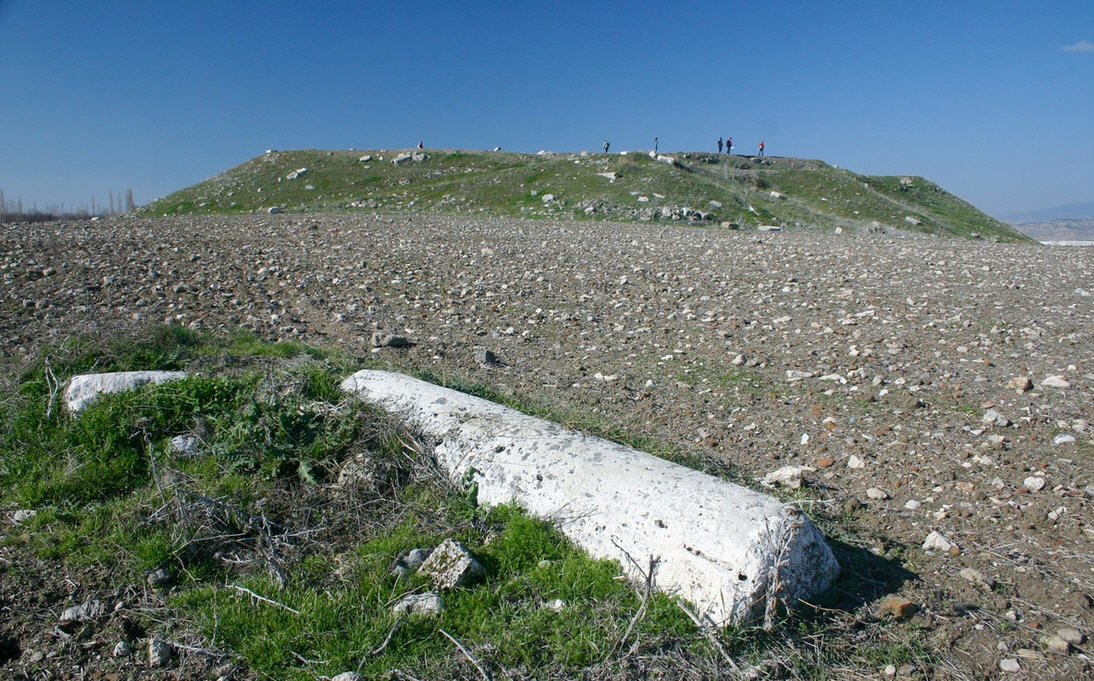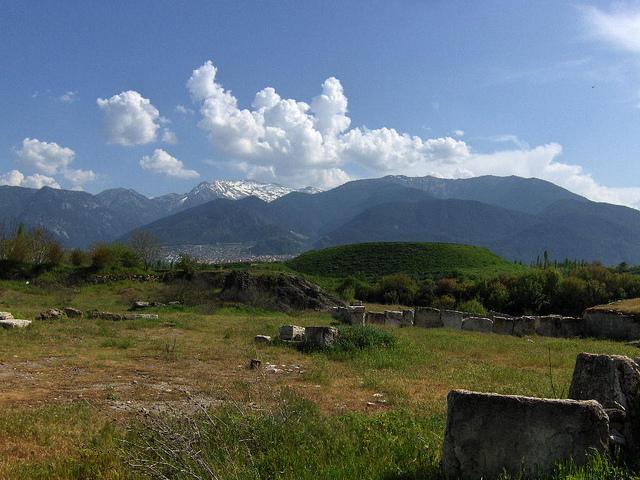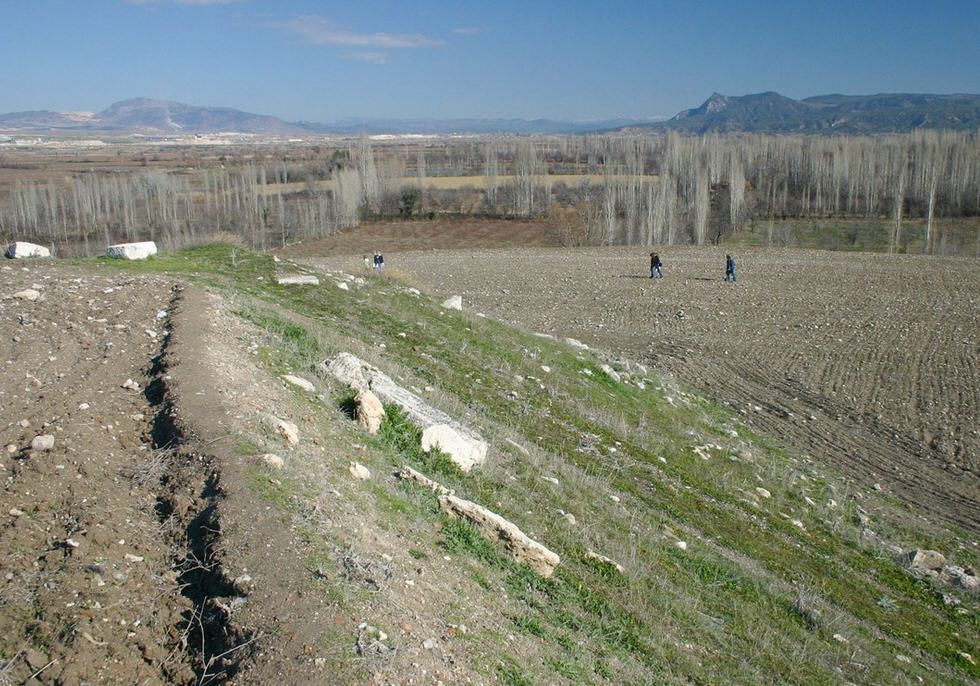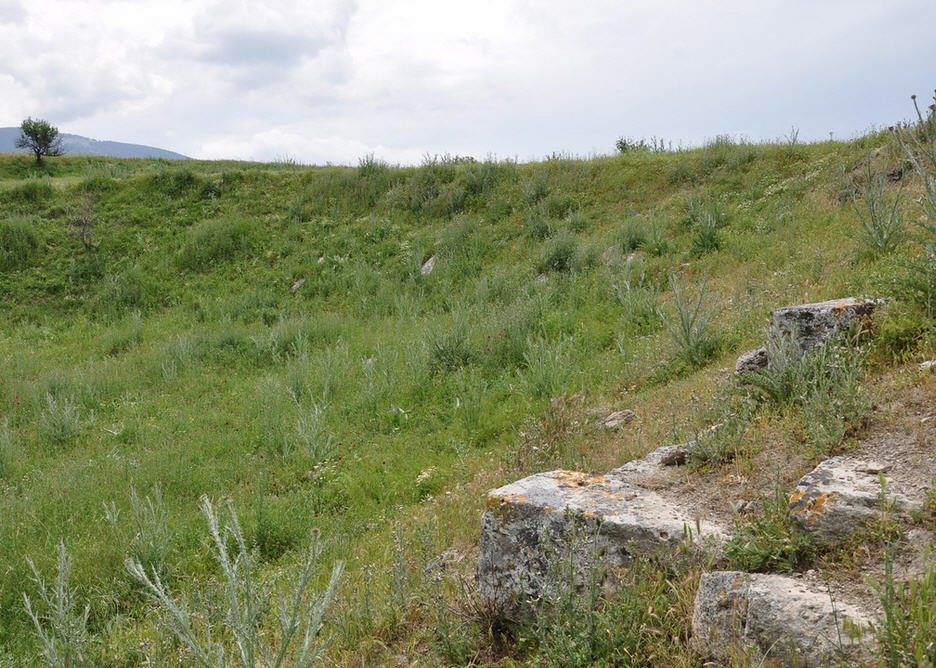COLOSSIANS: INTRODUCTION
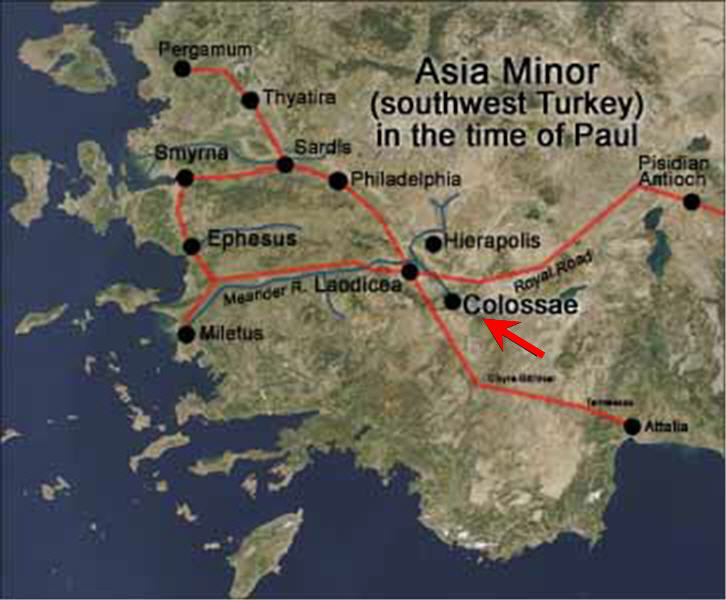

INTRODUCTION to the EPISTLE of COLOSSIANS
Written to the Christians at COLASSAE
HISTORY of Colossae: It was located in southwestern Phyrgia, on the Lycus River, about 120 miles east of Ephesus, near Laodicea and Hieropolis. It had been a large and populous city in the 5th century B.C., but declined because of the rivalry of its neighbors further down river. Fertile volcanic soil provided for crops and the grazing of animals. Chalky soil deposits affected water sources and provided for a cloth dye industry. A man by the name of Antiochus the Great transplanted 2,000 Jewish families from Babylonia and Mesopotamia into the cities of Phrygia. Therefore there was a significant Jewish population at Colossae, though the majority were Gentiles.
HISTORY of Church at Colossae: Paul had never visited the Lucus Valley (Colossians 1:4, 2:1). Epaphras of Colossae had probably been saved during the ministry of Paul at Ephesus and had founded the church at Colossae, as well as the ones at Laodicea and Hieropolis.
HISTORICAL SETTING: Date of Writing: It is estimated that Paul was imprisoned (House Arrest) in Rome as early as 59 A.D. and possibly as late as 63 A.D. Therefore Colossians was probably written about 62/63 A.D. It is theorized that this was the first of four prison Epistles.
EPAPHRAS: He was one of the pastors and pioneer workers at Colossae and had traveled over 1,000 miles to come to see Paul in Rome. Ephaphras was very likely concerned about the errors that were creeping into the church. These errors were not able to be handled by him and his fellow worker Archippus so Ephrarus was seeking the authoritative help of Paul.
PURPOSE of Colossae Letter: Paul’s purpose in writing this letter, which is his shortest epistle, was to address the threat of heresy and declare the preeminence of Christ both in His Person and work and to emphasize the believer’s completeness in Him. His object was to combat the twofold error (concerning the Person of Christ and the way of salvation) by a positive affirmation of the supremacy of Christ, first in His Person (as God the Creator) and, secondly, in His work on the Cross (as God the Redeemer). The primary theme then is the preeminence of Christ and especially in relationship to the Church which is His Body.
Pictures of the Ruins of Colossae
